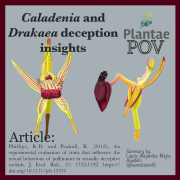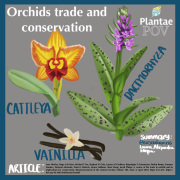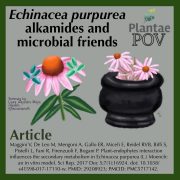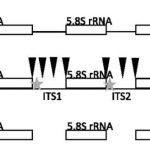Plant point of view: Aristolochia gigantea
This series is the exploration of plants that are notable for various reasons: e.g., by producing specialized metabolites, by illuminating evolution, by serving as genetic models, or by their contributions towards practical applications.
Aristolochia gigantea
Aristolochia gigantea, also known as Dutchman’s pipe, is a tropical plant with kettle trap flowers that use complex cues to trap their pollinators to ensure that they do their work. Like the more familiar titan arum, the flower’s female and male functions are separated by time, so the flowers hold on the their pollinators for a prolonged period within the flower traps. Visiting pollinators bring in pollen from a different flower, pollinate the female organs, and then carry away pollen when they exit. Martin et al. (2016) examined Aristolochia gigantea patterns of floral scent. Like other members of this species, the flower attracts pollinators with the appearance of rotting flesh. However, unlike A. grandiflora, it doesn’t stink like rotting flesh but rather has an attractive citrussy scent. To better understand how this flower attracts pollinators, the authors examined the spatial and temporal pattern of volatile production.
The authors showed that A. gigantea produces a mixed blend of metabolites including terpenes, ketones, fatty acids, and aromatic molecules. Strikingly, the olfactory cues vary between the stages of development, and are more predominant in the stage where the female flowers are open. There is also a spatial variation of the metabolites. Carrion and feces-like compounds are produced from deep within the flower, drawing in the flies to to the receptive stigma. Downward pointing trichomes trap the insect overnight until the male flowers open, at which point the trichomes lose turgor and the insect can escape, carrying another load of pollen to a different flower. This study shows that spatial and temporal variation of metabolites contribute to successful pollination.
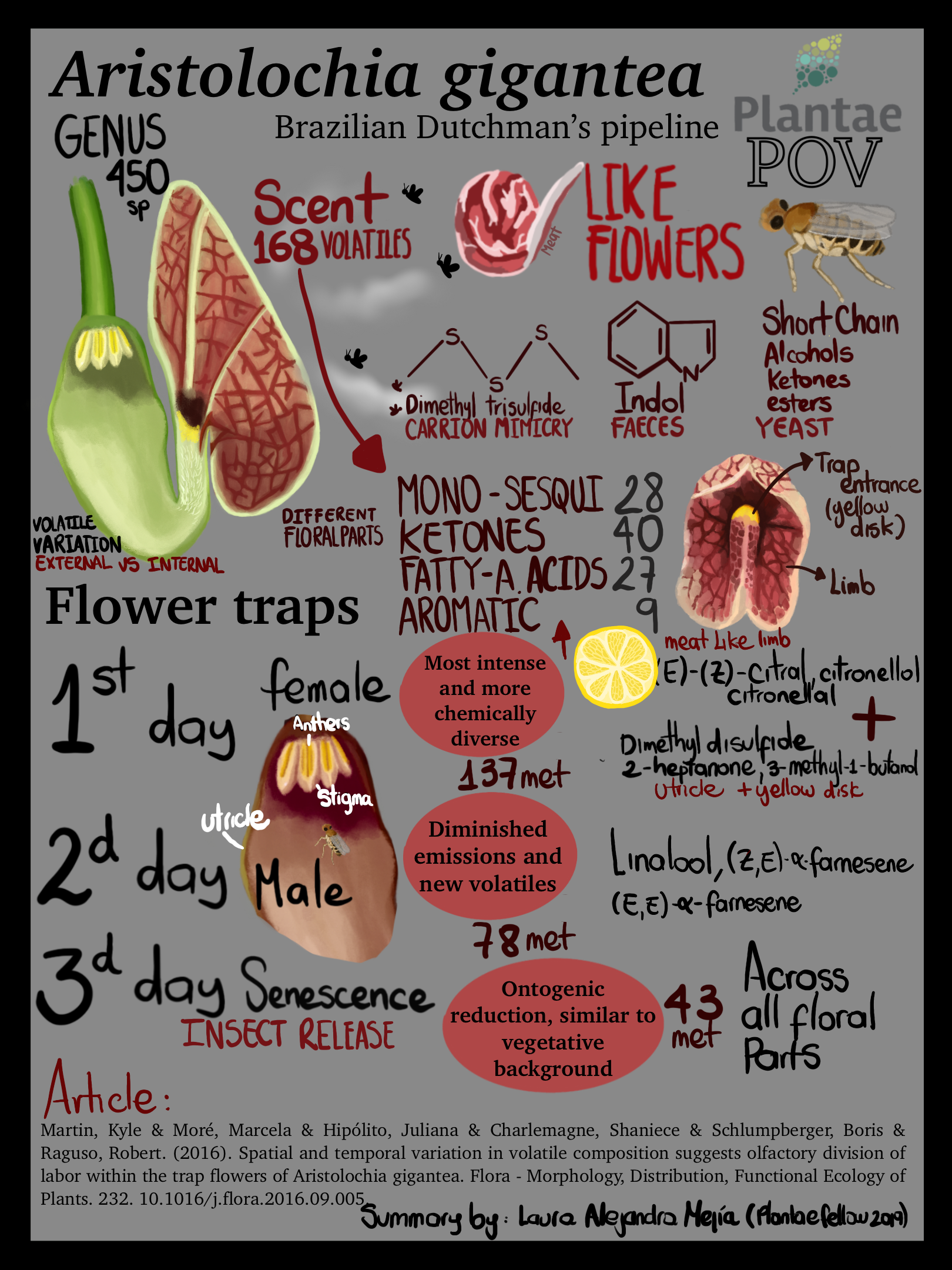
Martin, Kyle & Moré, Marcela & Hipólito, Juliana & Charlemagne, Shaniece & Schlumpberger, Boris & Raguso, Robert. (2016). Spatial and temporal variation in volatile composition suggests olfactory division of labor within the trap flowers of Aristolochia gigantea. Flora – Morphology, Distribution, Functional Ecology of Plants. 232. 10.1016/j.flora.2016.09.005.
 Laura Alejandra Mejía is a biologist, MSc pharmaceutical sciences from Universidad Nacional de Colombia, and a 2019 Plantae Fellow. My main interests are plant biology, application of plant metabolites, and the creation and dissemination of science for the public. You can follow me on Twitter @Eusoulaura16 and Instagram: @eusoulaura16.
Laura Alejandra Mejía is a biologist, MSc pharmaceutical sciences from Universidad Nacional de Colombia, and a 2019 Plantae Fellow. My main interests are plant biology, application of plant metabolites, and the creation and dissemination of science for the public. You can follow me on Twitter @Eusoulaura16 and Instagram: @eusoulaura16.




